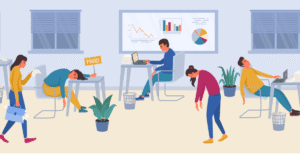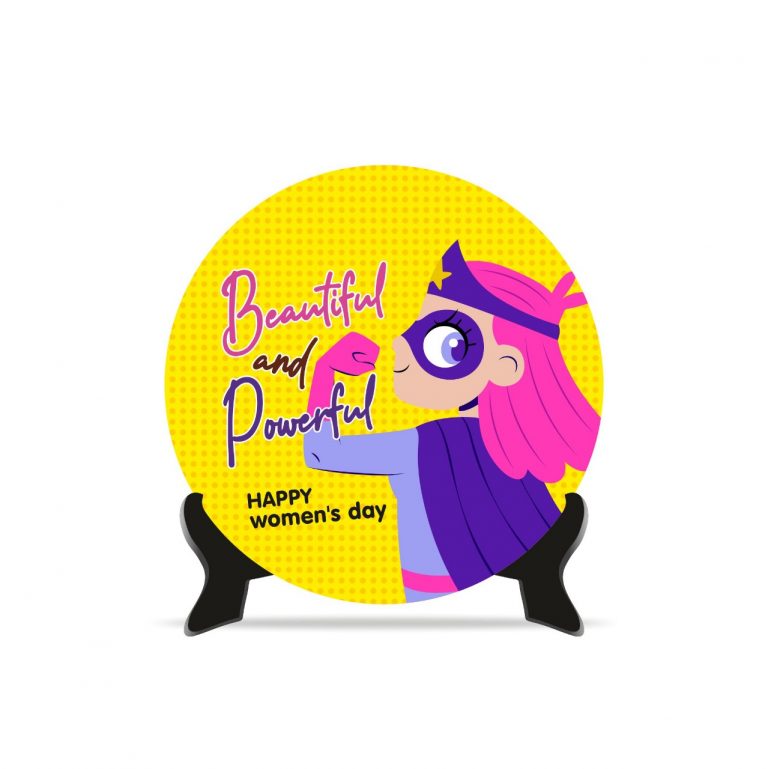We had the pleasure of speaking with Richard Booth, CMO of Solve iQ
Richard Booth joined Asurvio (dba Solve iQ) as VP of Marketing in 2013. Since then, he has helped drive year-over-year revenue increases and improvements in customer satisfaction. While he is responsible for a wide range of day-to-day marketing, product development, and reporting activities, he never loses sight of the question, “Are we solving people’s issues and making it easy to use their computers?” Here is a brief of our discussion:
How does SolveIQ’s solution create a positive virtual office culture in the world of WFH/COVID?
It’s important to have continued communication and face to face (virtual) meetings and check-ins. Many people are not used to this work from home and having those day-to-day conversations are really important and they may feel like they are missing if you are shut in your home all day. How many times did you have nice little personal conversations with your team pre-covid? Those were important to moral and helped manage the team better because you know what they were going through in and out of work. That is hard to sustain in a work from home environment. This is key when working with your colleagues as well, it’s so important to have those weekly meetings with the executive team to ensure everyone is connected on a personal level as well as having the ability to pick up on facial and emotional situations. Now, with email and chat those aspects get lost so it’s good to make sure you turn on your video during your weekly video calls in order to make the effort to catch up and elevate the communication. How are the kids, what’s new with the dog, and did you get to go fishing over the weekend? Don’t underestimate the power of connection in the workplace
What difference between an IT manager and leader?
Key separating trait: ability to create and commit to a vision. ‘Vision’ being a mental model of an ideal future state for the organization and its customers.
Generally speaking IT managers and their teams execute to the vision. For example, my personal vision for our company was to enable it to provide end-users with the optimizations and support they needed proactively in real time. I imagined a time when end-users did not have search the internet/intranet for a solution; a time when their PCs would self-heal and avoid typical performance degradation )such as occurs when operating system, security, or other software/services on the system get in the way of getting way of the end-user was trying to accomplish).
Other than work-from home, in what single way did COVID-19 change IT forever?
COVID-19 has put a spotlight on employee productivity like never before. This means that IT departments will have to answer to how the services they provide measure and support end user productivity. It is no accident that Microsoft has been steadily adding reports such as their ‘Productivity Score’, and ‘Workplace Insights’. Many of us now see an ‘Insights’ button in their Microsoft Outlook app and a MyAnalytics dashboard that report on Focus, Wellbeing, Collaboration, and other metrics. Microsoft Viva is another example of how much investment is taking place into supporting and enabling employee productivity.
Related Posts
- HR Strategies for a Multi-Generational Workforce : A Conversation with Akhilesh Panday, Head – HR, Training & Development at Probus
- Shaping the Future of Recruitment: An Exclusive Interview with Manikanth Challa, Founder & CEO, Workruit
- Empowering Indian Artisans: How Ashnam’s Revolutionary HR Strategies Are Transforming the Handicraft Industry for Sustainable Growth
What made this single change so momentous?
I believe that made this change so momentous was the productivity data that some companies such as Microsoft collected and compared pre and post COVID. There are countless articles and studies already published showing various dimensions of working from home such as increased hours, improved well being, and many other metrics. The best example of pivotal research would be: Workplace Analytics Microsoft analyzed data on its newly remote workforce (office.com)
How might this change evolve over time?
So far, this focus on employee productivity has largely focused on providing data/metrics and improved tools for end-users and their managers. The next logical step will be for IT to be able to react much more quickly to events that reduce end-user productivity. This means they’ll have to adopt new tools and architectures that detect and get ahead of end-user related events rather than the traditional focus on system events; tools that are able to fix app crashes rather than just report on them, tools that automatically improve system performance based on what apps the user is actually using in real time.
This also means they’ll be looking for architectures that allow them to go beyond just reporting on user productivity and system telemetry. They’ll be looking for architectures that help them prioritize what end-user issues need to be prevented while providing an easy way to deploy end-user focused automations that prevent productivity-killing events for end-users on the end-points they use wherever they are. The concept is similar to what the security industry calls ‘User and Entity Based Analysis’ (UEBA) which combines user behavior with system telemetry to help identify security breaches. There’s no official name for what I’m referring to here but I think if it as ‘user-productivity self-healing’ which would be focused on user behaviors as triggers to deliver optimizations and support to end-users in real time.










